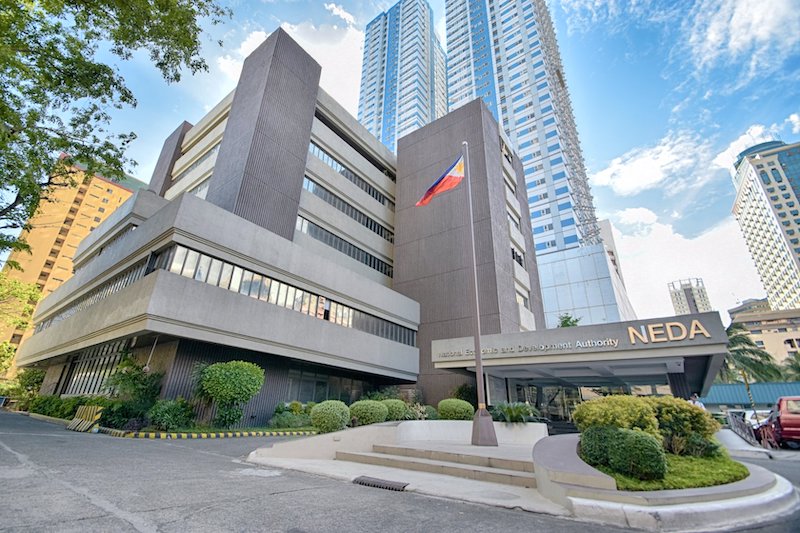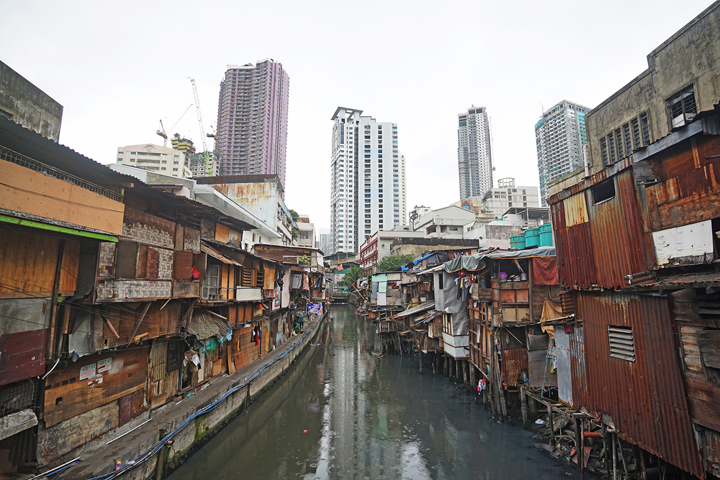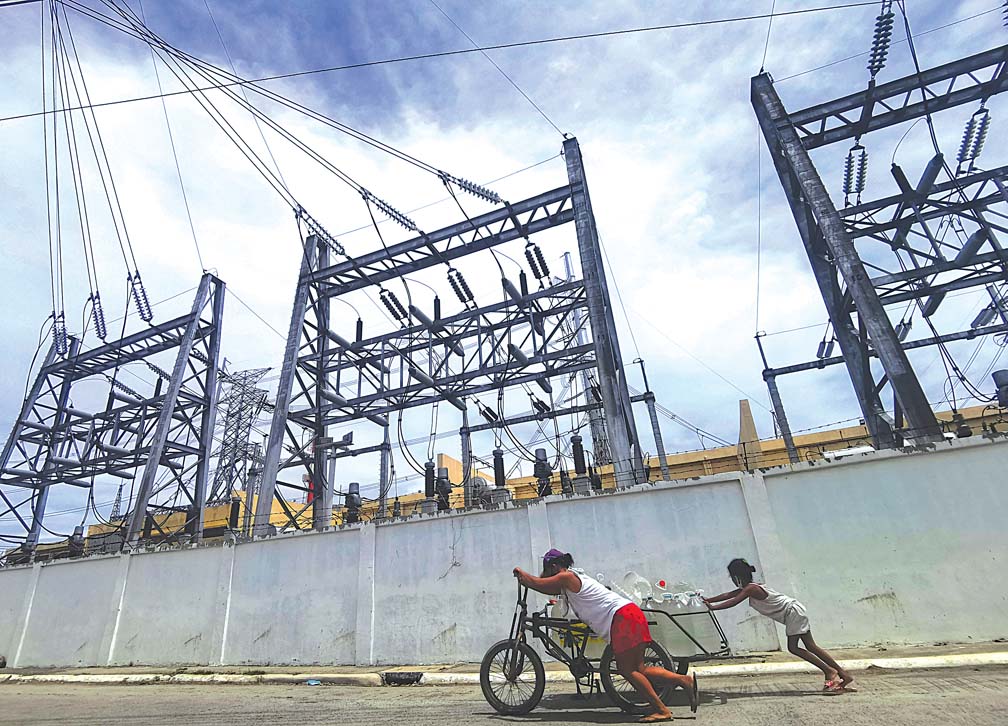BORACAY ISLAND, Malay, Aklan — Boracay Island, known the world over as one of the best beaches and islands in the world, can only accommodate 249 resorts.
This was one of the key findings of the carrying capacity study report commissioned by the Department of Environment and Natural Resources (DENR), which was presented during the House Committee on Natural Resources public hearing on the rehabilitation work in Boracay, held at Casa Pilar on Friday. The committee is chaired by Rep. Rodrigo Abellanosa of the second district of Cebu.
The number is much lower than the 430 hotels and resorts with an estimated 15,000 rooms, which had been operating on the island, prior to its closure on April 26. Asked what will be done to the excess resorts, DENR Undersecretary for Attached Agencies Sherwin Rigor said, “the hotels have to find a business strategy to utilize unused rooms for other business purposes and low density development. There will be a reconfiguration of the number of rooms. For example, if you have three rooms, you can make it one big room. Or, since the massage therapists will no longer be allowed to roam the beachfront, the extra rooms can become health and wellness shops.”
He added, “there will be no new construction of establishments, and no resorts will be allowed to construct additional rooms.” He said the number of rooms of these 249 rooms could still not be determined pending further study and identification of compliant resorts.
The Environmental Literacy Council defines “carrying capacity” as an ecosystem’s ability to support people and other living things without having negative effects. “It also includes a limit of resources and pollution levels that can be maintained without experiencing high levels of change. If the carrying capacity is exceeded, living organisms must adapt to new levels of consumption or find alternative resources.”
The DENR carrying capacity study also indicated that in terms of the population, the island and its swimming areas can only support 55,757 people per day, of which 36,542 are residents and workers, and 19,215 are tourists. Current population on the island is estimated at 70,781.
With the determined number of tourists that can be accommodated by the island, DENR officials said only 6,405 tourists will be allowed to enter the island.
Stakeholders on the island, however, took issue with the DENR study, which was crafted by scientists from the University of the Philippines in Los Baños, specifically with the allowable number of tourists. In a separate interview, Fred Elizalde Jr., chairman of the newly-formed Compliant Association of Boracay (CAB), said: “A hotel has to achieve a certain level of occupancy, in order to survive, to pay their staff and to pay their loans to the bank. The carrying capacity, should be not only sustainable for the environment, but also sustainable for the people to survive. [I think] the carrying capacity numbers can be further pushed.”
He explained that DENR study “did not include the carrying capacity of all the swimming pools. The swimming pools must be factored into this. The carrying capacity factored in 4 square meters per individual [in the swimming/beach areas], so you have a 40-tank pool, that’s another 10 individuals.” He estimated that about 100 resorts have their own swimming pools.
Rigor admitted that the study took into consideration only the present population and current infrastructure, and did not factor in the improvements that are being undertaken such as the road widening, construction of a diversion road, the completion of the drainage and sewerage improvement projects, relocation of workers and non-residents to the mainland, among others.
As such, he admitted that the island’s carrying capacity could be adjusted in the future when these improvements are made. “We will recompute the numbers and determine the environmental availability to accept more. That is why we will have biodiversity checks and environmental checks. For now, [we will strictly enforce] the 19,000-tourists per day carrying capacity. What if the 100 compliant establishments will illegally discharge? That is why we are sticking with that number first. We can recheck this yearly.”
Meanwhile, the CAB was formed on suggestion by the DENR, and is currently composed of the 81 establishments that have been found fully compliant or 96-percent compliant with all the documents and permits required by the government for them resume operations by October 26, the island’s reopening date. The membership is expected to increase as more stakeholders and establishments complete the processing of their documents.
Aside from CAB, there are three other groups of stakeholders on the island including the Core Group of stakeholders, an ad-hoc committee formed by the Department of Tourism, and the pioneering Boracay Foundation Inc. and Boracay Chamber of Commerce and Industry.


































